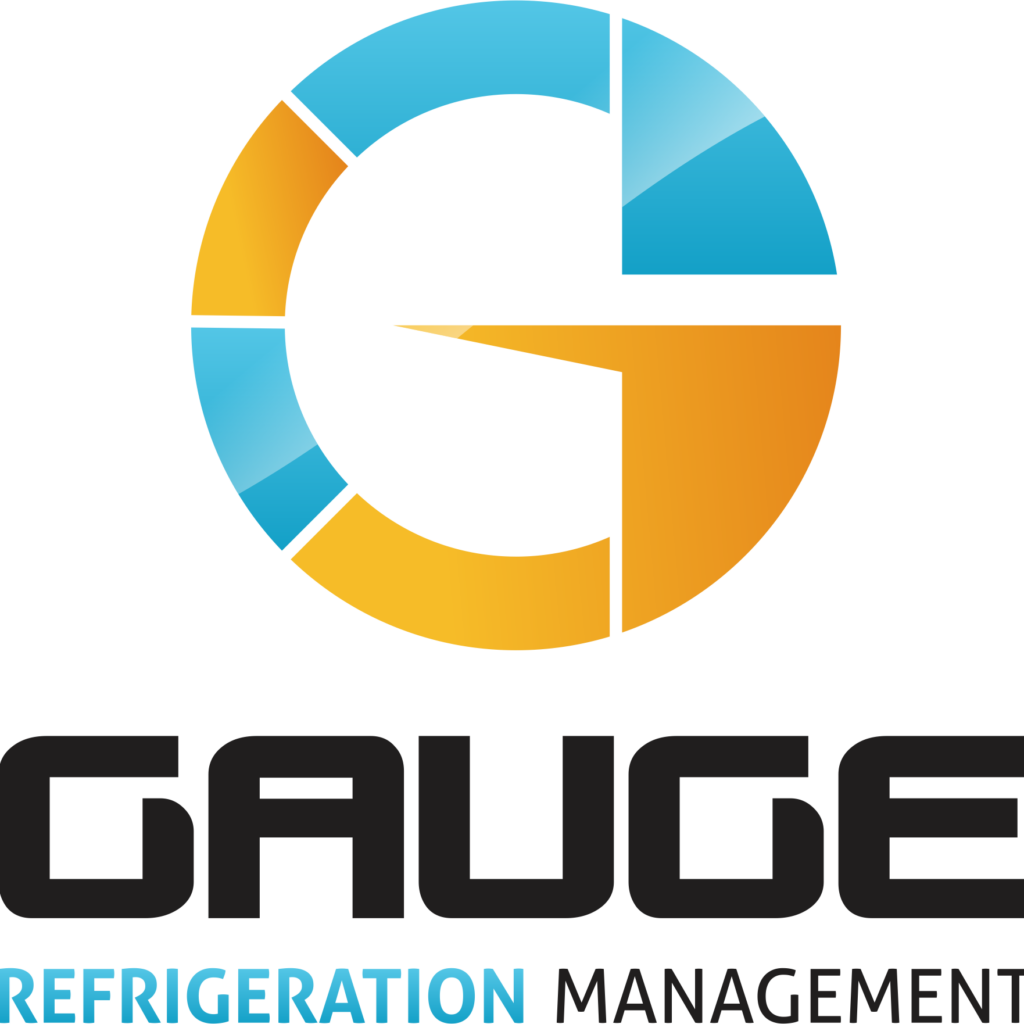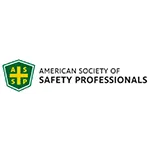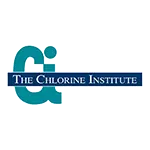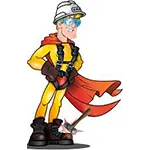SAFTENG Has
- Over 17,500 categorized unsafe acts/conditions and accident/injury photos
- Over 1,400 ppt's & doc's
- Over 3,900 technical articles on Process Safety & Occupational Safety & Health matters
- Over 400 videos
CLICK HERE to Renew your Membership
CLICK HERE for a NEW Membership
CLICK HERE to see eligibility requirements for FREE Membership
If you have any questions, please contact me
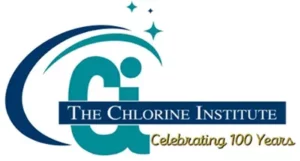
I am proud to announce that have extended our”Partners in Safety” agreement for another year (2025).
CI Members, send me an e-mail to request your FREE SAFTENG membership.





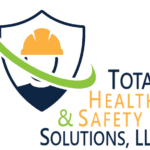




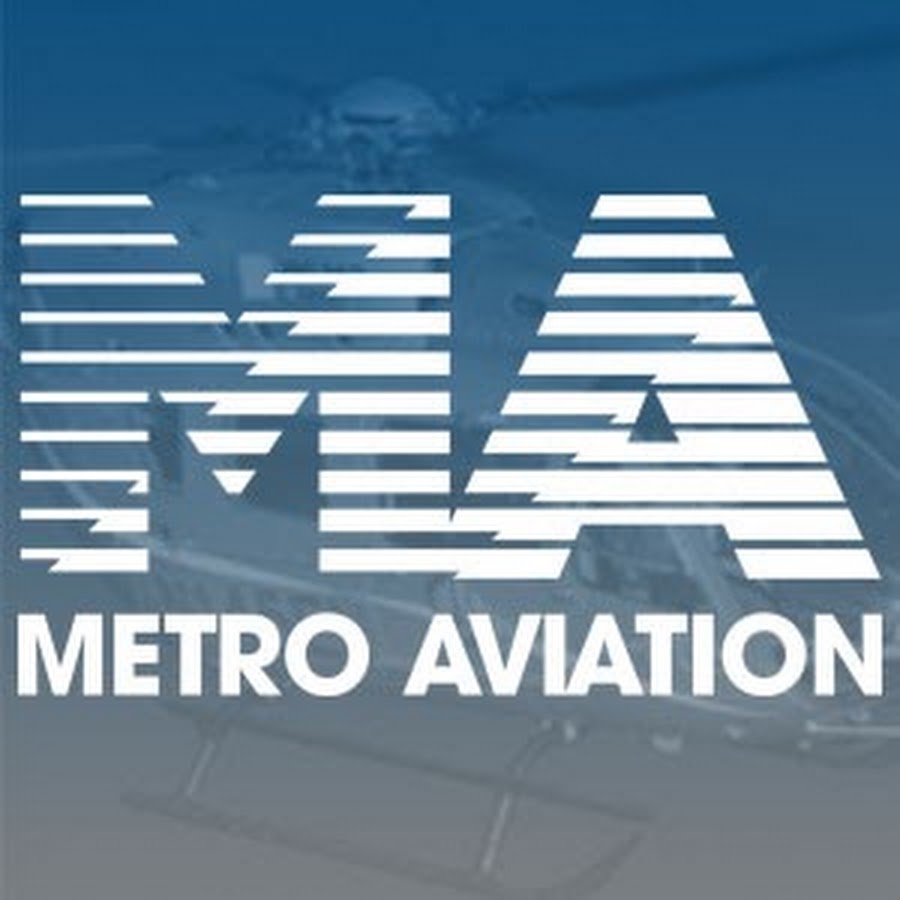
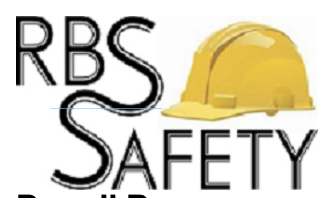


December 1, 2020
This draft guidance document is intended to clarify to the public regarding existing pipeline safety standards. The contents of this document do not have the force and effect of law and are not meant to bind the public in any way, but pipeline operators must comply with the underlying safety standards.
(emphasis by me)
…
HomeRead More »
Read More
November 25, 2020
Most facilities will have a piece of equipment that is so large and complex that it will entail isolating many sources of all types of energy in order to get the entire system to a zero energy state (ZES). But what do we do when we have a task that involves exposure to only one (1) energy source? Do we expect the worker(s) to lock out all the isolation devices, or can they merely lock out...
Read More
November 24, 2020
The 2021 edition of the International Fire ode (IFC) basically re-wrote the entire chapter on Combustible dust; which is a major improvement from the 2018 edition. Here are the highlights from the 2021 IFC, Chapter 22 – Combustible Dust-Producing Operations…
…
HomeRead More »
Read More
November 23, 2020
In the recently released Internation Fire Code (IFC) 2021 edition, the newly designated Section 608 – Mechanical Refrigeration, the code references IIAR 2, 6, 7, 8, and 9 when the refrigerant used is anhydrous ammonia (NH3). The 2021 edition still has many of the long-time requirements that will apply to NH3 systems, such as “emergency access” and more. Here are my favorites...
Read More
November 20, 2020
Have you seen the latest meme claiming that if masks work then why do we need social distance and if social distancing works then why do we need to wear masks? This lame logic is taking hold in the world of social media so I thought I would provide a way for folks to better understand the need for BOTH face coverings/masks and social distancing. As adults, most of us drive a car daily and...
Read More
November 20, 2020
So OSHA made some serious improvements in their latest Construction Standard, 1926.1201-.1213, for confined spaces. But there is another option to “upgrade” our efforts for entry safety practices and that is NFPA 326 – Standard for the Safeguarding of Tanks and Containers for Entry, Cleaning, or Repair.
Read More
November 19, 2020
NFPA 497, Table 4.4.2. has become my “go-to” source for chemical-physical property data for my flammables (along with the SDS). Although they use Celsius rather than Fahrenheit, and this drives me crazy just because I am “old school”, this table is instrumental for understanding the “Group” your flammable gas/vapors belong to! In the 2021 edition of NFPA...
Read More
November 19, 2020
Enclosed processing areas (vs. outside and open processing areas) that are handling/using the following, shall be ventilated at a rate sufficient to maintain the concentration of flammable vapors within the area at or below 25% of their lower flammable limit (LFL).
Class I flammable liquids or as OSHA calls them Category 1/2 flammable liquids,
Class II or Class III liquids or as OSHA calls them...
Read More
November 19, 2020
Liquid storage areas where dispensing is conducted must have either a gravity ventilation system or a continuous mechanical exhaust ventilation system. If the dispensing involves Class I liquids (e.g. Category 1 & 2 liquids per OSHA terminology) mechanical ventilation is the ONLY acceptable option. Regardless of the type used there are some FUNDAMENTAL requirements that NFPA has established...
Read More
November 18, 2020
For the 2021 edition of NFPA 30, the committee introduced a sweeping change in the classification scheme for liquids. The term ignitible liquid has been introduced to initiate a process whereby the terms flammable liquid and combustible liquid are no longer used. This causes the requirements in NFPA 30 and other codes and standards to adopt a scheme based exclusively on the liquid physical state and...
Read More
November 17, 2020
The 2021 International Fire Code (IFC) contains regulations to safeguard life and property from fires and explosion hazards. Topics include general precautions, emergency planning, and preparedness, fire department access and water supplies, automatic sprinkler systems, fire alarm systems, special hazards, and the storage and use of hazardous materials. Key changes to the 2021 IFC include:
…...
Read More
November 7, 2020
All new or modified chlorine piping systems must undergo pressure testing to verify the integrity of the piping (see section 11.4 for leak testing). ASME B31.3 (13.2.8 ), Process Piping testing requirements, should be applied as a minimum standard. There are three (3) types of acceptable testing methods:
hydrostatic testing,
pneumatic testing, and
the alternate test method.
ASME Code or your...
Read More











